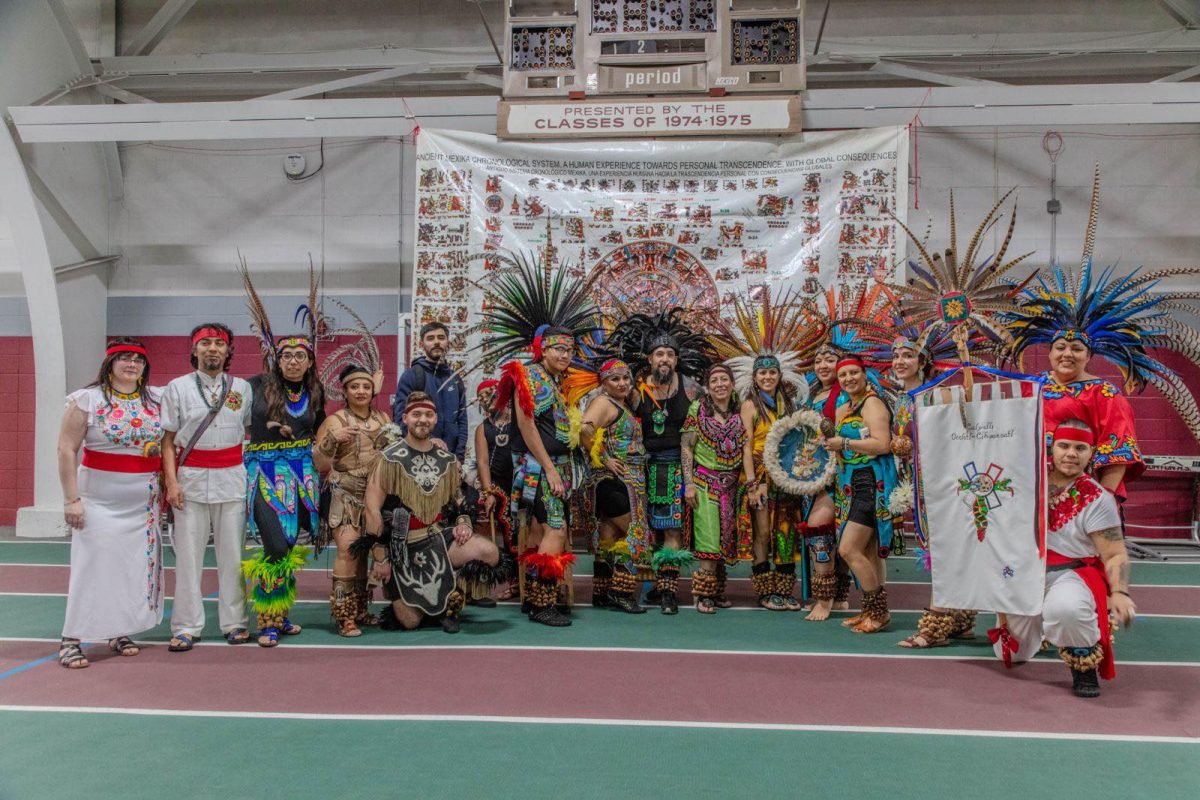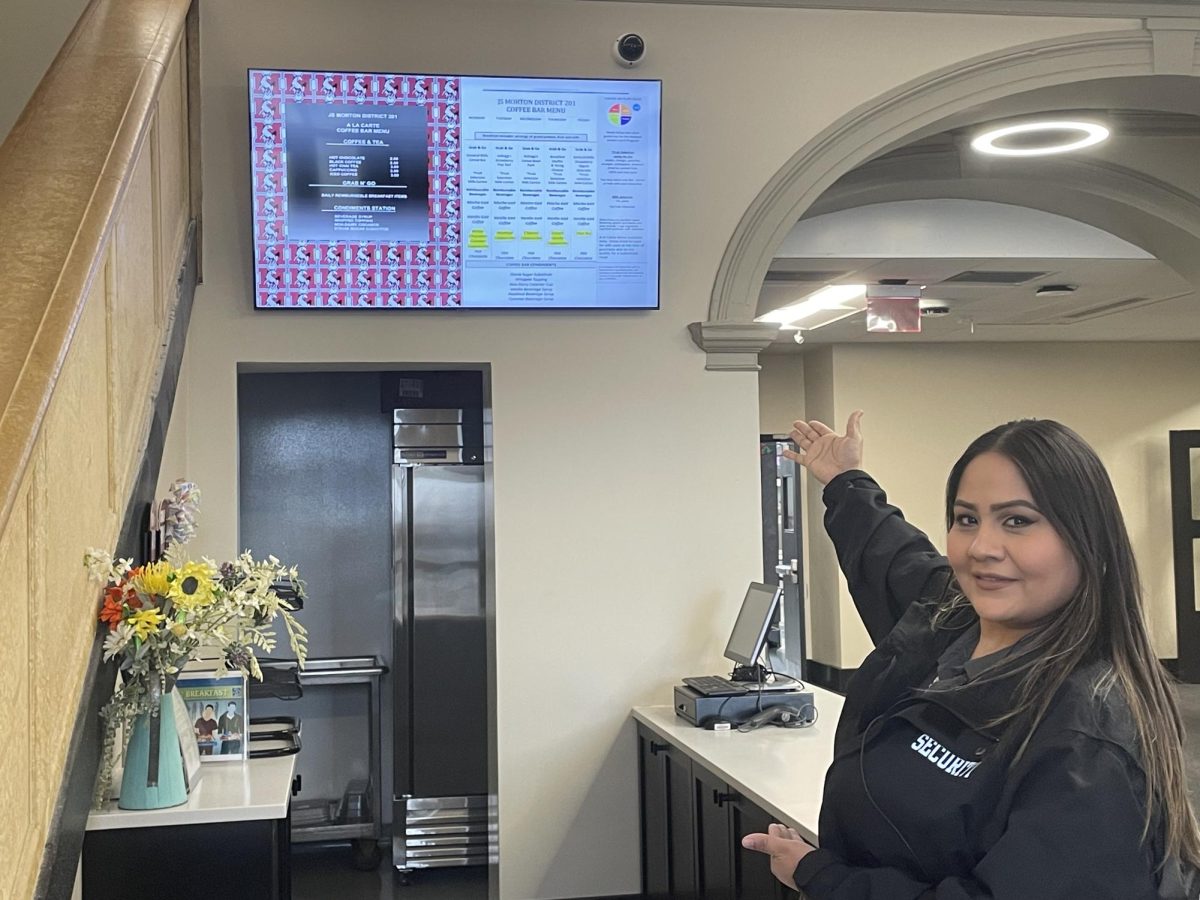Morton East High School hosted an event, a ceremonial dance for a special holiday known as The Aztec New Year.
According to Mintage World, the Aztecs were a Mesoamerican culture that flourished in Mexico in the post-classic period from 1300 to 1521.
According to the Holiday Calendar, in the Nahuatl language, the Aztec New Year is known as Veintena Huey Lozoztli, which refers to the “great Virgil” observed during this time. The Aztec New Year takes place every 12th of March.
According to Lumen Learning, the Aztecs used a sacred calendar known as the tonalpohualli or translated to “counting of Days,” which dates back to great antiquity in Mesoamerica, perhaps to the Olmec civilization of the first millennium BCE.
According to The Seattle Globalist, the Aztec New Year is also connected with the father of gods, which would be Huitzipochti, the god of rain, and Tlaloc, the god of storms, Xiuhtecuhti, the god of fire, and finally Tonatiuh, the sun god. Out of 10 teachers asked, only 1 knew about the Aztec New Year.
“There are two groups of Azteca dancers, or danzantes, the Mexicas and the Concheros. The Mexicas dance based on the ways that the Aztecs danced before we were conquered by the Spaniards. We learn about spirituality and being connected with the land, the directions, and nature. The Concheros have a mix of traditional values along with religious values. They learn about what Mexicas learn, but they also include religious values into their beliefs. They usually have a Patron Saint or a certain Virgin that they revere and is part of their ceremonies,” said Morton East modern language lead teacher Ms. Emma Melero Juarez.
Working upon the celebration of the Aztec New Year in Morton East High School, Ms. Juarez and others were the ones organizing the event as it was the first year Morton had their first event of the Aztec New Year in a ceremonial dance. (Which happened on March 16, 2024.) (*Also, if you want to go and are interested in the Azteca Dance, go to room 339 or the website here: https://rb.gy/a4m2cs.)
Even here at Morton East, most aren’t aware of the Aztec New Year.
“I am sorry, but I don’t know about the holiday, but I do know who they were and certain things they did,” said school psychologist James Loerzel.
Many people know about the Aztec culture along with the other tribes or extinct civilizations, however, they don’t know their tradition.
“The Nahua people celebrate Aztec traditions. Also, cities such as Nuapan, Huauchinango, Xicotepec, Zongolica, and Mexico City hold events celebrating this day,” said Special Education Teacher Lindsey Rymark.
While the Aztec New Year is usually celebrated in the United States, in the country of Mexico, it is celebrated much more there in the towns, cities, and suburban areas, including small villages.
“Mexicans celebrate certain Aztec traditions along with some Central American countries. My great-grandparents and grandparents in Puebla, Mexico, had and celebrated many Aztec traditions,” said School Guidance Counselor Antonio Miranda.
Even if we don’t know the tradition itself, many have celebrated it with their families, and for them, it’s a normal event that is celebrated through family history.








Dariana • Apr 12, 2024 at 10:31 am
I enjoyed reading this because learning more about how people feel when it comes to this great Aztec tradition makes me happy. I also learn more about my roots when it comes to the Aztec traditions.